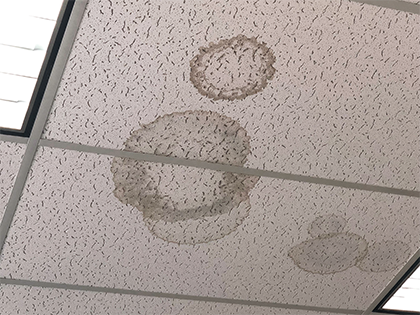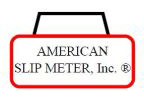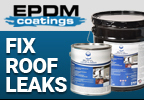JuLy 2024
 |
Inside the July Issue |
Risk is hiding… SRC will find it and fix it.
Your facility is a dynamic environment where change is inevitable and the introduction and evolution of hazardous risks is in constant flux. It’s hard to keep up, but what you don’t know can damage your organization’s reputation and put your personnel at risk. A Safety Rail Hazard Assessment is designed to identify and mitigate risk from top to bottom, inside and out. Our on-site analysis identifies a broad spectrum of risks, including physical and ergonomic factors.
“If your organization has recently moved, remodeled or added equipment on a shop floor or rooftop, your exposure to risk may have changed,” says Adam Mochinski, Hazard Site Inspector for Safety Rail. “So many workplace hazards can be eliminated if you know they exist. Awareness is the first step to safety… and it’s a big step,” he added.
One fact that’s often overlooked is that a hazard assessment can accomplish more than just sidestepping disaster and reducing the risk of fines, lawsuits, and reputational damage. A professional hazard assessment reveals opportunities for process improvement and optimization. By addressing underlying safety concerns and inefficiencies, you can enhance productivity and streamline operations.
Saftey Rail Company is uniquely qualified to help organizations combat unnecessary risk. In addition to their hazard assessment service, SRC engineers, manufactures and professionally installs the industry’s most comprehensive line of passive fall protection products and overhead fall arrest systems.
Full story »
today's news
Women in HVACR Name O’Grady Exec Director
ENGLEWOOD, CO -- Women in HVACR, a nonprofit organization dedicated to empowering women in the heating, ventilation, air conditioning and refrigeration trades, has named industry sales and marketing expert and licensed HVAC contractor Amy O'Grady as its first executive director.
Hygieia Network Seeks Nominees for 2024 Awards
ROSEMONT, IL -- ISSA Hygieia Network, an ISSA Charities signature program dedicated to the advancement and retention of women in the cleaning and facility solutions industry, is seeking nominations for its annual awards recognizing individuals and companies who embody Hygieia’s mission and vision.
CCS Looks for Growth with New Arkansas Branch
DENVER -- CCS Facility Services, a provider of commercial cleaning and building engineering services, has opened a new branch in Arkansas.
Imperial Dade Makes Tillis’s 90th Acquisition
POMPANO BEACH, FL -- Imperial Dade, a distributor of foodservice, industrial and janitorial supplies, has made its 90th acquisition under the leadership of Robert and Jason Tillis, chairman and CEO.
BSCAI Partners with Credit Card Processor SFP
CHICAGO – The BSCAI has formed a new Affinity Partnership with Service First Processing (SFP) to reduce its members’ credit card processing costs.








